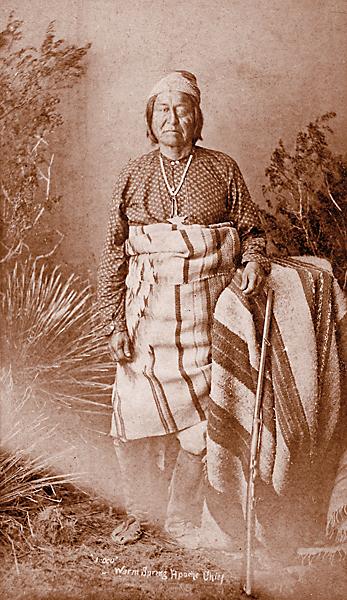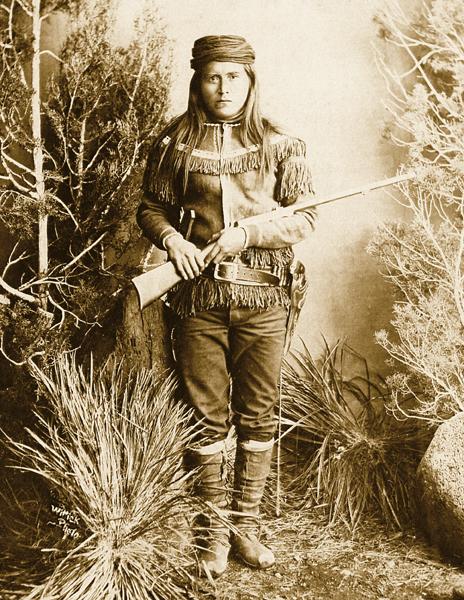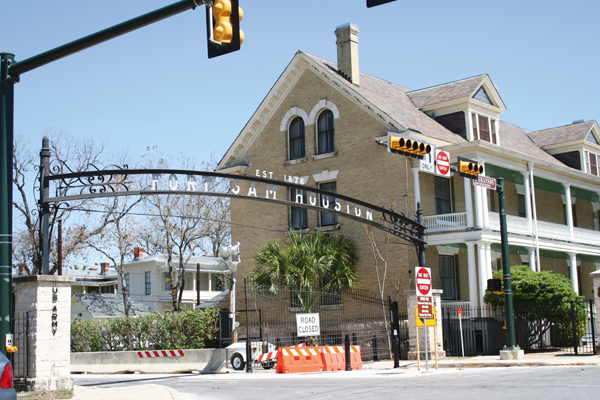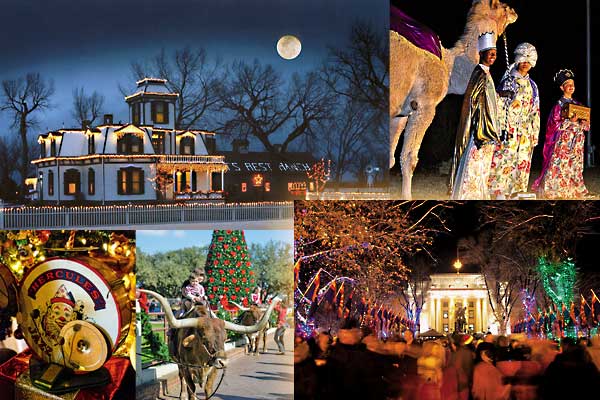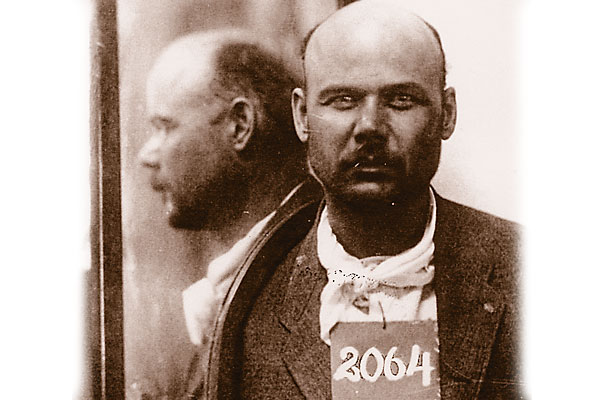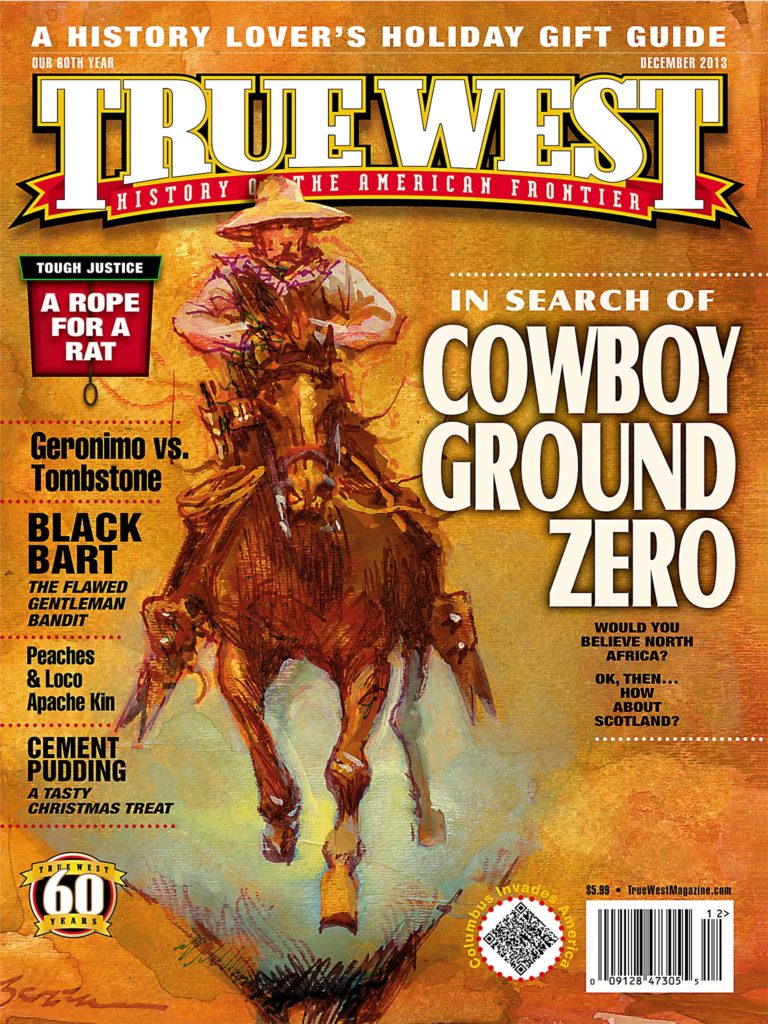 He was born Tzoe of the Canyon Creek clan of the Cibecue Apaches, around 1860, in the piñon-juniper canyon lands below the Mogollon Rim not far from modern-day Cibecue. Through tragic fate and loss, Tzoe, forever nicknamed “Peaches” for the pale color of his native skin by U.S. Army soldiers, would leave this sheltered beauty and travel into a world of struggling conflict brought to him by strangers and tribesmen alike.
He was born Tzoe of the Canyon Creek clan of the Cibecue Apaches, around 1860, in the piñon-juniper canyon lands below the Mogollon Rim not far from modern-day Cibecue. Through tragic fate and loss, Tzoe, forever nicknamed “Peaches” for the pale color of his native skin by U.S. Army soldiers, would leave this sheltered beauty and travel into a world of struggling conflict brought to him by strangers and tribesmen alike.
His decision to take two wives from the Chiricahua Apaches with Chief Loco’s band from Warm Springs was his first move away from relatives. As was custom, he relocated to live with his wives’ extended families who had been moved to lands reserved for the Western Apache bands on the San Carlos Reservation.
Tzoe soon witnessed the collapse of the Chiricahua relocation when the local Indian agent stole, and then sold, the tribe’s government-allocated rations, leaving a vulnerable population fending cold and hunger.
On September 30, 1881, Apache acquiescence ended. Three of four Chiricahua bands broke out of the reservation and proceeded to flee into Mexico’s Sierra Madre Mountains. The rebels included renowned Chief Juh and resistance fighter Geronimo. Some reservation Apaches opposed the breakout. Among those remaining were Chief Loco and his warriors and families, including Tzoe, his wives and child. On the morning of April 19, 1882, the rebels struck the reservation and rousted Loco’s band and forced them to march for the Sierra Madre.
The U.S. Army responded. Heavily armed, they attacked the moving Apaches in Sonora and in Chihuahua. Famed Indian fighter Col. Lorenzo Garcia ambushed the survivors with his Mexican troops, killing more Apaches, including women and children. Surviving severe attack wounds, Tzoe witnessed the deaths of both his wives and only child.
Now about 24 years old, and after witnessing the death of his only friend among the rebels, an Apache named Beneactiney, he told the warriors he had proven his loyalty and was
going to head home; he would go no farther with them. But riding off on his own, he was apprehended one dawn by Lt. Britton Davis, the officer in charge of the San Carlos Reservation in Arizona. Tzoe offered no resistance, reportedly smiled and said he was no longer a fugitive. When asked, he became a volunteer for Gen. George Crook’s 1883 campaign into the natural fortress of Mexico’s Sierra Madre to apprehend and return the rebel Apaches.
Tzoe survived the rigors of the Crook campaign and returned to Cibecue in Arizona, escaping the imprisonment and forced relocation that was the fate of the Chiricahuas, including those who had served as scouts for the Army. He turned to farming and married a Cibecue woman, fathering four children. He lived near his ancestral home until his death in 1933 at 73, leaving behind the bloodshed of an earlier century and the raiding trails that led to violence and death.
Tom Augherton is an Arizona-based freelance writer. Do you know about an unsung character of the Old West whose story we should share here? Send the details to stuart@twmag.com, and be sure to include high-resolution historical photos.
Photo Gallery
Loco, chief of the Warm Springs Apache.
– True West archives –
Twenty-five-year-old Tzoe, posing with his Frank Wesson rifle and a holstered 1875 Remington revolver in 1885, two years after he volunteered to guide Gen. George Crook and the U.S. government into the Sierra Madre in search of Geronimo and the renegade Chiricahua.
– Photo by Ben Wittick, courtesy Robert G. McCubbin Collection –

